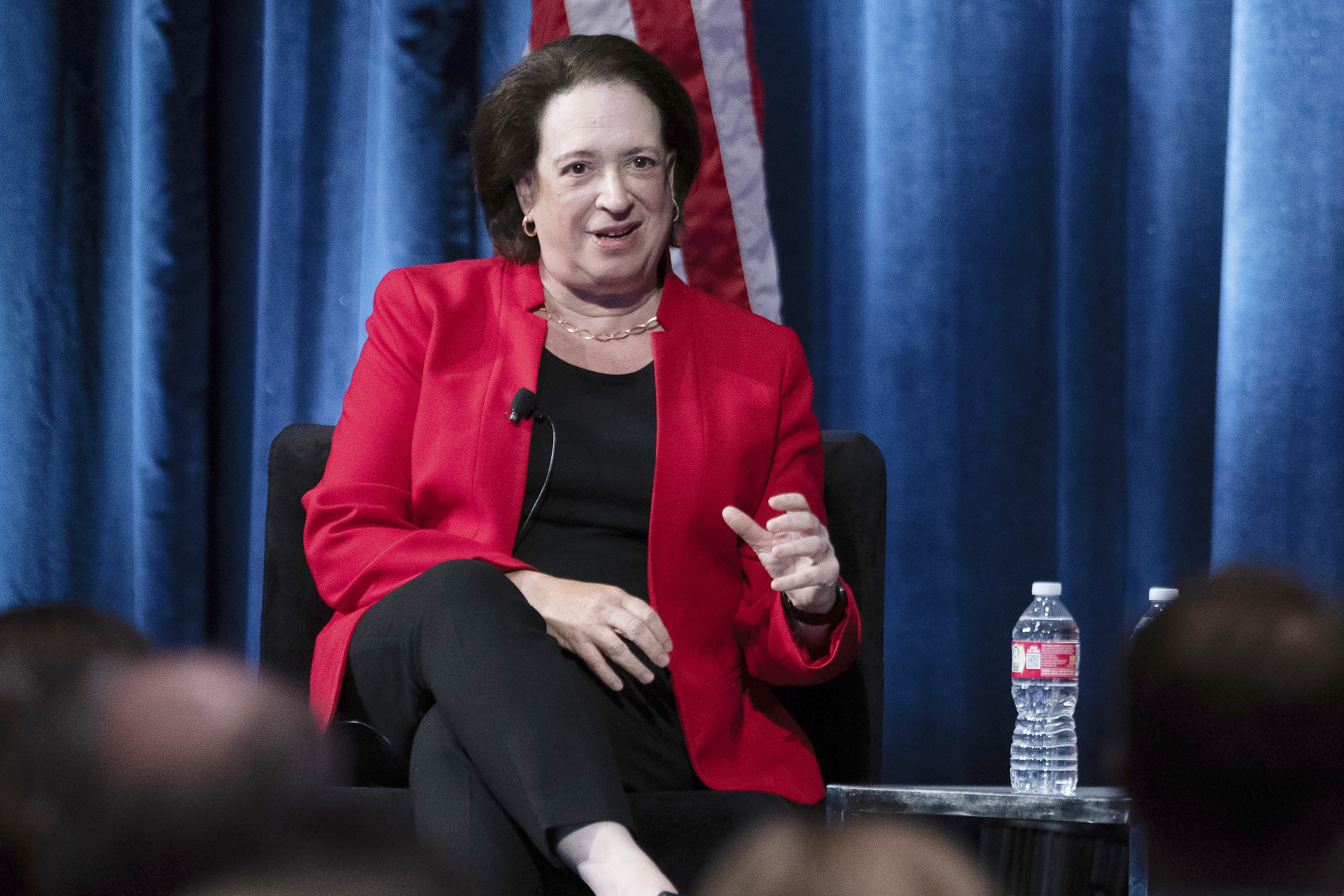Does firm size matter? Retired lawyer muses on pros and cons of BigLaw and SmallLaw

Marcel Strigberger.
The concept of BigLaw only recently crossed my radar. Though I had an idea of what it means, I wan’t sure and so I Googled it and went straight to one of my most trusted word reference texts, the Urban Dictionary.
This wise opus defines BigLaw as: “A collection of huge law firms in major cities (particularly NYC) where thousands of Ivy Leaguers and honor students make six-figure salaries straight out of law school. They usually quit after a couple of years of virtual slavery, but if they stay in the game, they end up running the country.”
Given that I practiced in the Toronto area as a sole practitioner, in a space-sharing arrangement with a handful of other lawyers for 40-plus years, I suppose my firm would fall short of BigLaw. I will confess after a few weeks of practice, I shed all aspirations of running the country. Such is life.
Incidentally, I Googled “SmallLaw” but did not see the anticipated BigLaw equivalent. I did see a “Small Law,” but Small was the lawyer’s name.
I started to think back about what it would have been like to work in a mega lawyer firm. A few subtle differences crossed my mind.
Firstly, even though I did not graduate from an Ivy League law school, I somehow did not have to struggle to become a partner. I wore two hats—one being that of an associate. But after having a meaningful chat with the boss, I became an instant partner. Not bad for someone straight out of law school.
And speaking of struggles, I understand associates in large firms often work up to 70 to 80 hours per week. The problem associates at large firms face is racking up those billable hours. I heard from a few that they get in at 7 a.m., and it is not unusual for them to have their supper at the office. Some of them noted the firm gave them menus from several caterers to select their free gourmet meal.
I generally got in around 9:30 to 10 a.m. I would sneak in to my office to make sure my alter ego former associate did not get any ideas that the practice of law was a spa. I would leave by 6 p.m. I would, however, enjoy a catered meal, whenever I spent the evening at a bar association dinner. To boot, my firm picked up the tab.
What awestruck me the most was the sheer size of the large firms. They often occupied several floors of a large downtown skyscraper. The lobby elevators alternatively noted that they stopped on even or odd numbered floors. So if you wanted to visit a lawyer, you had to know whether he or she was even or odd.
I practiced for the most part in an 1800s virtual heritage house in suburban Toronto. It reminded me of the office of Atticus Finch. In all my days there, not one client had to figure out which elevator to use.
I once attended to personally rush-serve some documents on a lawyer at a large firm. The receptionist (the 44th floor receptionist), made an intercom call, and out came a gentleman in a uniform from the mail room.
He told me he would enter my documents into the system and get it to the lawyer soon. He had a name tag reading “Mr. Beamish.”
While we chatted briefly, another gentleman, also wearing the same uniform, arrived and asked Mr. Beamish whether everything was OK. This man’s tag read “Mr. Henry.” I wondered whether my presence sparked an emergency situation requiring backup mail room men.
What amazed me most was that there was even a mail room. In my office, the mail room was located on my assistant’s desk. The mailman, Charlie, would arrive, say: “Good morning, Angela,” usually adding, “I hope some of these envelopes have checks for Marcel.”
I just can’t imagine the downtown mailman riding up 44 floors and saying, “Hey, Beamish. I hope some of these envelopes contain checks for McKenzie, MacDougal and Sullivan.” (Fictitious names, of course. They are actually McKenzie, MacDougal and Solomon.)
I will concede the large firms have perks. While visiting that firm, I saw a lady, also in a uniform, pushing a trolley around the hallway, carrying a cargo of coffee, tea and scrumptious-looking pastries. I guess this function helped fuel the refreshment fixes the lawyers all needed during a busy afternoon. My office had something similar. Angela and I would take turns crossing the street, where those scrumptious pastries were waiting behind the glass case of the Tim Hortons.
Another enviable perk large firms often have is excellent tickets to sporting events. Here in Toronto, unless you want to pay a scalper $200 for a $75 ticket for a Leafs hockey game—good old days, pre-COVID-19—it is virtually impossible to secure a good seat. The large law firms have some blocks of season tickets they use to entertain clients.
I can count on one hand the times I scored a gold seat at a Leafs game. And all of these were by the grace of a large firm associate, who offered them to me as he had to forgo the game—something came up last minute, and he had to stay at the office. I never asked him what catered supper he had.
One problem at large firms is bureaucracy. A friend who worked at one (39th floor) wanted to rearrange his desk to face a window. He had to clear it first with some committee. I believe he called it the “furniture motion committee.” He told me they actually denied his application. He quit the firm not long after that traumatic event. Too bad. He was the guy who used to get me those hockey tickets.
Similar dubious desk situations did arise in my practice, too. I am pleased to say the requisite committee never once rejected my environmental plans.
Another feature apparent in large firms is the specialized clientele they often attract. I once visited a colleague at one (not McKenzie, MacDougal and Solomon), and they had a large base of clients in the mining industry.
While in the reception area, I skimmed over the magazine selections. Alas, they were not overly alluring to me. I did not expect the latest issue of Mad magazine. However, I doubt most of us would get overly excited flipping through some publication with a name like “The Mine and You” or “News from Down Under.” Although, it might only be a four-minute read, I for one would pass on, however tempting, to peruse an article called “7 Secrets About Zinc.”
My office reception selection, in fact, had some humor magazines in the mix. I thought it would be a good idea to get clients smiling before we turned on the meter.
Initially, my practice included a sizable percentage of criminal law work. I am not sure there were too many magazines out there catering specifically to these clients. I certainly never came across anything like “Your Guide to Canadian Prisons.”
Most of these clients had no money, and their defense was funded by Legal Aid Ontario, which would issue a certificate allowing their lawyer of choice to take on the defense. For a good number of years, most of my billable hours were generated from Legal Aid Ontario.
We had to work hard, given that the hourly rate was minimal, and there was a ceiling on how much you could invest by way of preparation time and disbursements. I never tried to send Legal Aid Ontario a bill for any catered supper. Alas.
I have no regrets in having missed out on practicing in a BigLaw-type firm. I do think about those hockey tickets I am forgoing. But then again, given the current COVID-19 pandemic, the hardest hit are those ticket scalpers.
Marcel Strigberger, after 40-plus years of practicing civil litigation, closed his law office and decided to continue to pursue his writing and speaking passions. Read more of Strigberger’s work at marcelshumour.com.



